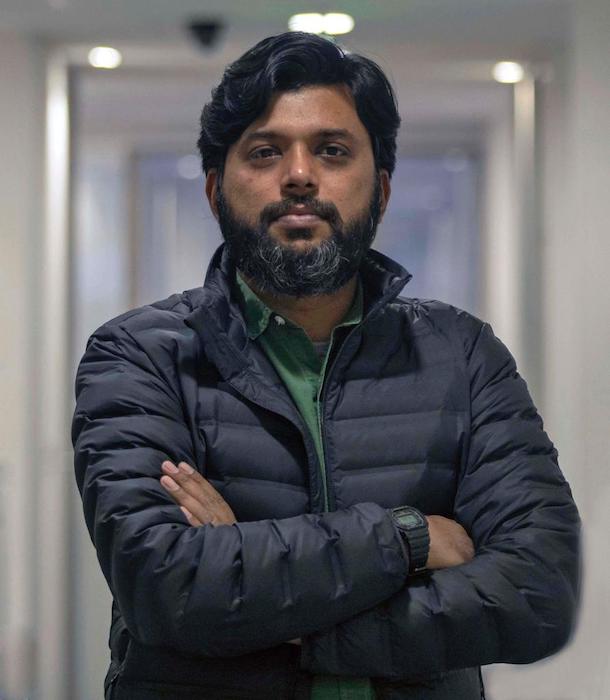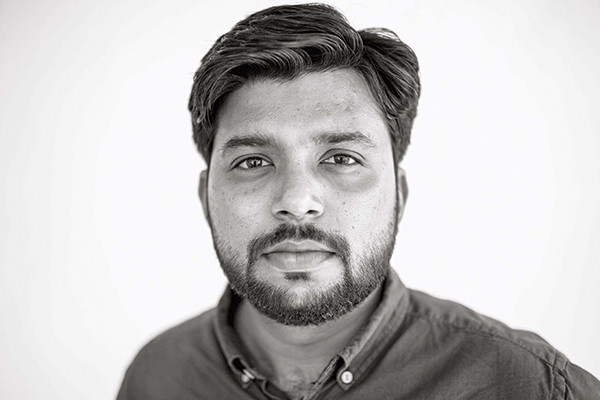
Reuters has announced a new photojournalism internship honouring the late Reuters photojournalist, Danish Siddiqui, who was killed on 16 July 2021 while covering the Taliban’s reconquest of Afghanistan.
The internship aims to identify and help develop an early career photojournalist whose ethos and ethics reflect those of Danish: his visual prowess, dedication to telling human stories, respect for people from all walks of life and courage to tell uncomfortable truths.
Details:
The 12-month, paid internship will provide a student or early career photojournalist the opportunity to cultivate their visual storytelling abilities under the guidance of Reuters South Asia Pictures Editor in Reuters Delhi, India news bureau.
The Danish Siddiqui Photojournalism Internship is open to passionate photography students or photojournalists with less than five years of experience who hold either Indian citizenship or permanent residency. To apply, applicants must submit a 20-30 picture portfolio demonstrating their visual skills as well as a CV and cover letter describing their reasons for wanting to grow as a photojournalist. Candidates should submit their materials here by 31 October 2023.
About Danish Siddiqui below a selection of his images.








Danish remembered by a colleague: Danish Siddiqui was killed on July 16, 2021 while covering the Taliban’s reconquest of Afghanistan. He was one of the most distinguished photographers to ever ply the craft for Reuters. He is widely acclaimed as one of the finest photojournalists of his generation. He was also a beloved colleague, friend, and mentor to many in our newsroom.
Danish’s work spanned images of daily life in India; wars in Afghanistan and Iraq; the human plight of the Rohingya minority in Myanmar; and pro-democracy protests in Hong Kong. Self-taught, he combined technical skill with patience. He captured the human face – of joy and suffering – and sought to give a voice to those who had none.
It was his courage in telling uncomfortable truths that made him renowned in his homeland. In 2020, while covering sectarian unrest in a New Delhi suburb, he captured images of a Muslim man being beaten by a frenzied Hindu mob, an event that highlighted the deep tensions between India’s Hindu majority and sizeable Muslim minority. His pictures of India’s COVID crisis, especially drone images of funeral pyres, were criticized by some in India’s society and politics. But they were a wake-up call to the disease’s spread and became an inspiration for journalists across his country.
Many friends say Danish’s own passion for pursuing the truth pushed them every day to try more, to do better. Danish’s highest inspiration was his family, in particular, his children Yunus and Sarah. They were the source of his love, his muses – and his grounding as a journalist and a person.
Related on PAN: JULY 2023 – Photo book commemorates late Reuters photojournalist Danish Siddiqui










